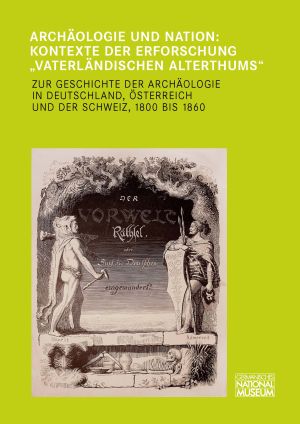How to Cite
License (Chapter)

This work is licensed under a Creative Commons Attribution-NonCommercial-NoDerivatives 4.0 International License.
Published
Grabungsfieber und Sammeleifer
Die archäologischen Aktivitäten der deutschen Altertumsvereine
Excavation Fever, Collecting Fervour: The Archaeological Activities of German Historical Associations
The archaeological societies that were founded in every major German town from the early 19th century onwards were part of a Europe-wide social phenomenon. In a period when the state had yet to become involved in archaeological monument conservation, the essential groundwork for the establishment of archaeology fell to members of these societies. Depending on the region, they excavated, collected, catalogued, and identified prehistoric, Roman, and early medieval objects. They established archaeological collections and specialist libraries. They developed splendid networks of communication, setting great store by exchanging journals and information, and comparing finds so that they could identify and assign them more reliably. The success or failure of the societies depended crucially on individual members who were particularly active. A more systematic analysis of these activists, and of the work of the archaeological societies in general, remains a task for future research. A one-sided concentration on university scholarship fails to do justice to a great deal of what was achieved for the cause of archaeology in ‘the long 19th century’.







